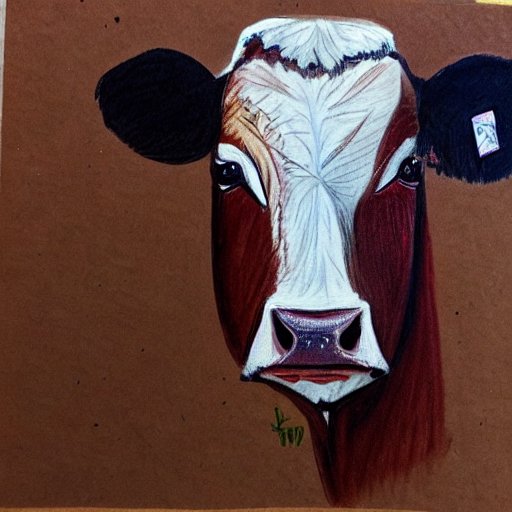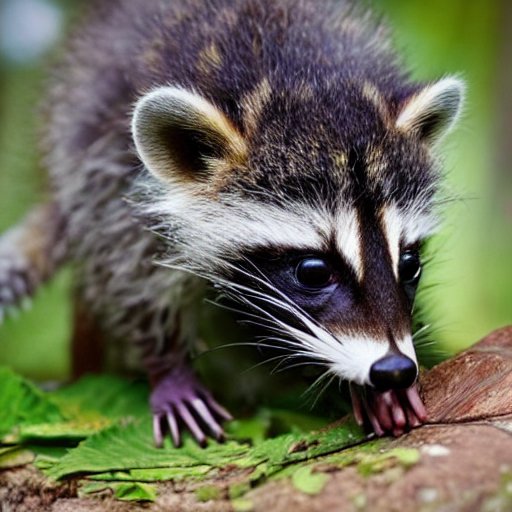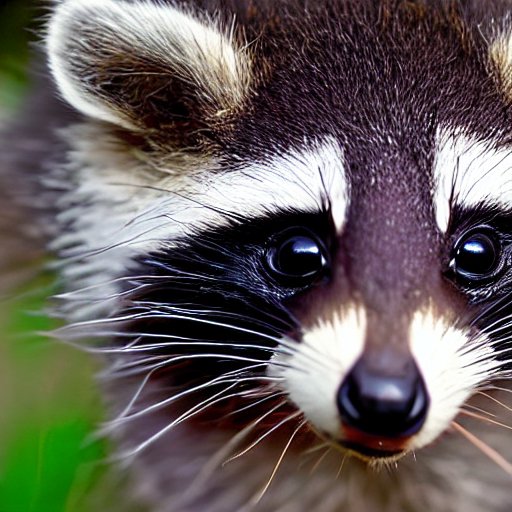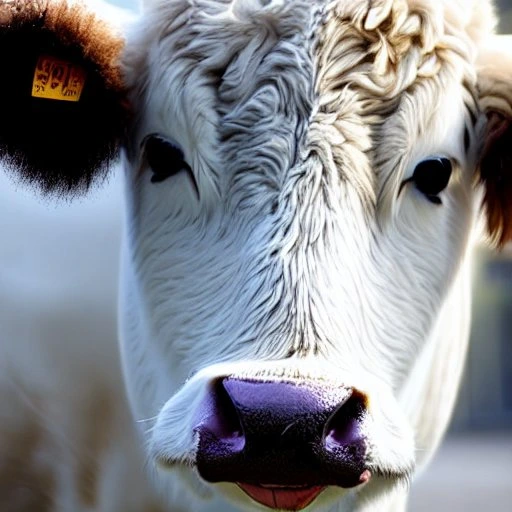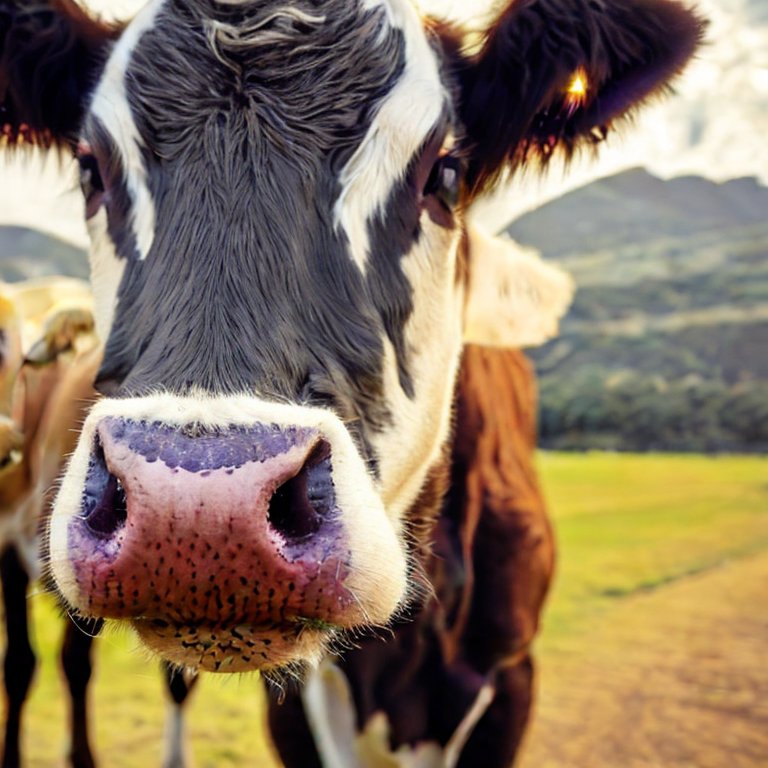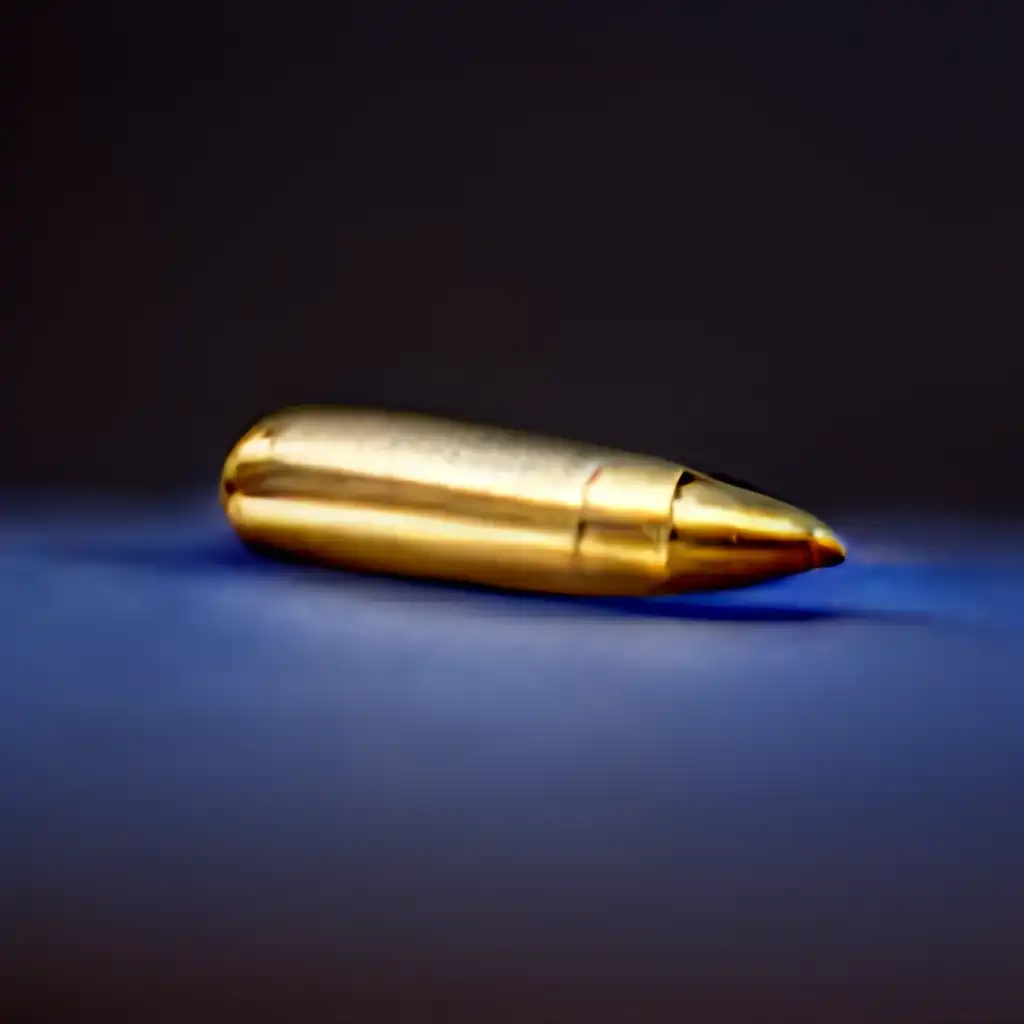Venturer
Raccoon Skull: A Complete Guide to Anatomy & Identification
Updated at 07-02-2023 · Animals · Science
Raccoons are fascinating creatures that are native to North America. They are known for their distinctive markings, including the black mask around their eyes, and their mischievous behavior. In addition to being popular pets and pests, raccoons are also of interest to hunters, taxidermists, and nature enthusiasts. One of the most fascinating parts of the raccoon is its skull, which provides a glimpse into its anatomy and behavior.
The raccoon skull is made up of a number of different bones that are unique to the species. These bones are important for identifying raccoons and studying their anatomy, and they can also be used for taxidermy or displayed as decorative objects. In this article, we'll take a closer look at the raccoon skull, including its anatomy, identification, and preparation.
Raccoon Skull Anatomy
The raccoon skull is made up of several different bones, including the cranium, mandible, and maxilla. The cranium is the main part of the skull that encases the brain, while the mandible is the lower jaw and the maxilla is the upper jaw. The raccoon skull also features a number of smaller bones, including the zygomatic arch, which connects the skull to the cheekbones.
When it comes to size, raccoon skulls are relatively small compared to other animals, but they are still larger than the skulls of other small mammals like squirrels or rabbits. The average raccoon skull is about 5-6 inches in length and 2-3 inches in width. It's important to note that the size of a raccoon skull can vary depending on the individual and the location in which it was found.
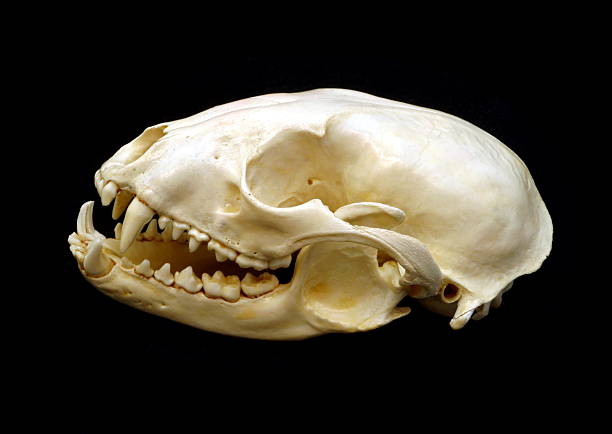
Raccoon Skull Identification
If you're looking to identify a raccoon skull, there are a few key features to look for. One of the most distinctive features is the black mask around the eyes, which is replicated in the skull. You can also look for the distinctive shape of the cranium and the large, curved mandible. Additionally, the teeth in a raccoon skull are sharp and well adapted for a diet that includes both plants and animals.
It's important to be cautious when identifying raccoon skulls, as they can be easily confused with the skulls of other animals, such as foxes or skunks. To help ensure that you have a correct identification, it can be helpful to consult a field guide or work with a knowledgeable expert.
Raccoon skulls are fascinating objects that provide a window into the anatomy and behavior of this intriguing species. Whether you're interested in taxidermy, hunting, or simply appreciate the beauty of nature, understanding the raccoon skull can be a valuable and rewarding experience. By following the tips and information outlined in this article, you can learn more about these fascinating animals and get started on your own journey of discovery.

.jpg)
.jpeg)
-1675940156.jpg)
.jpg)
